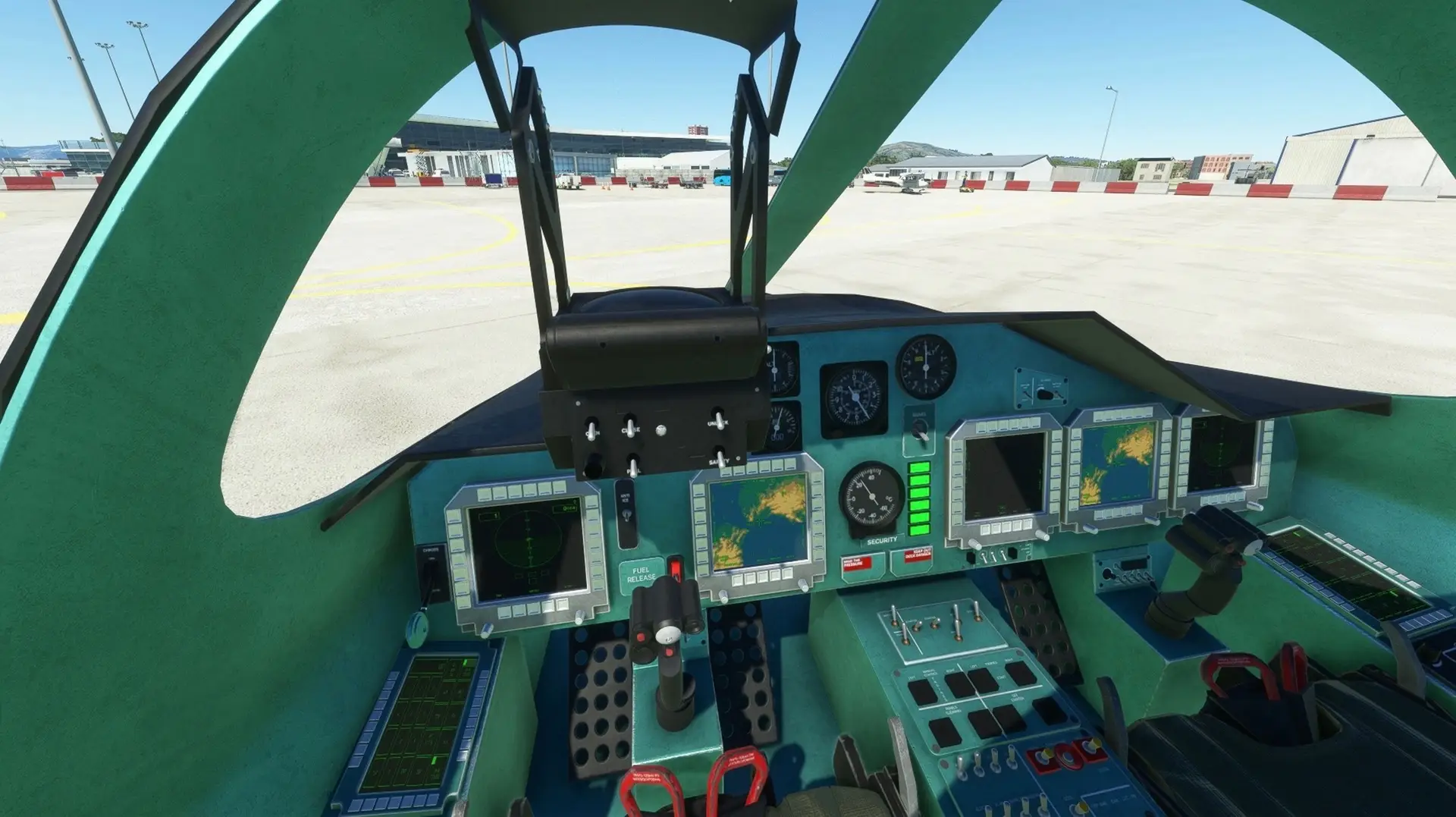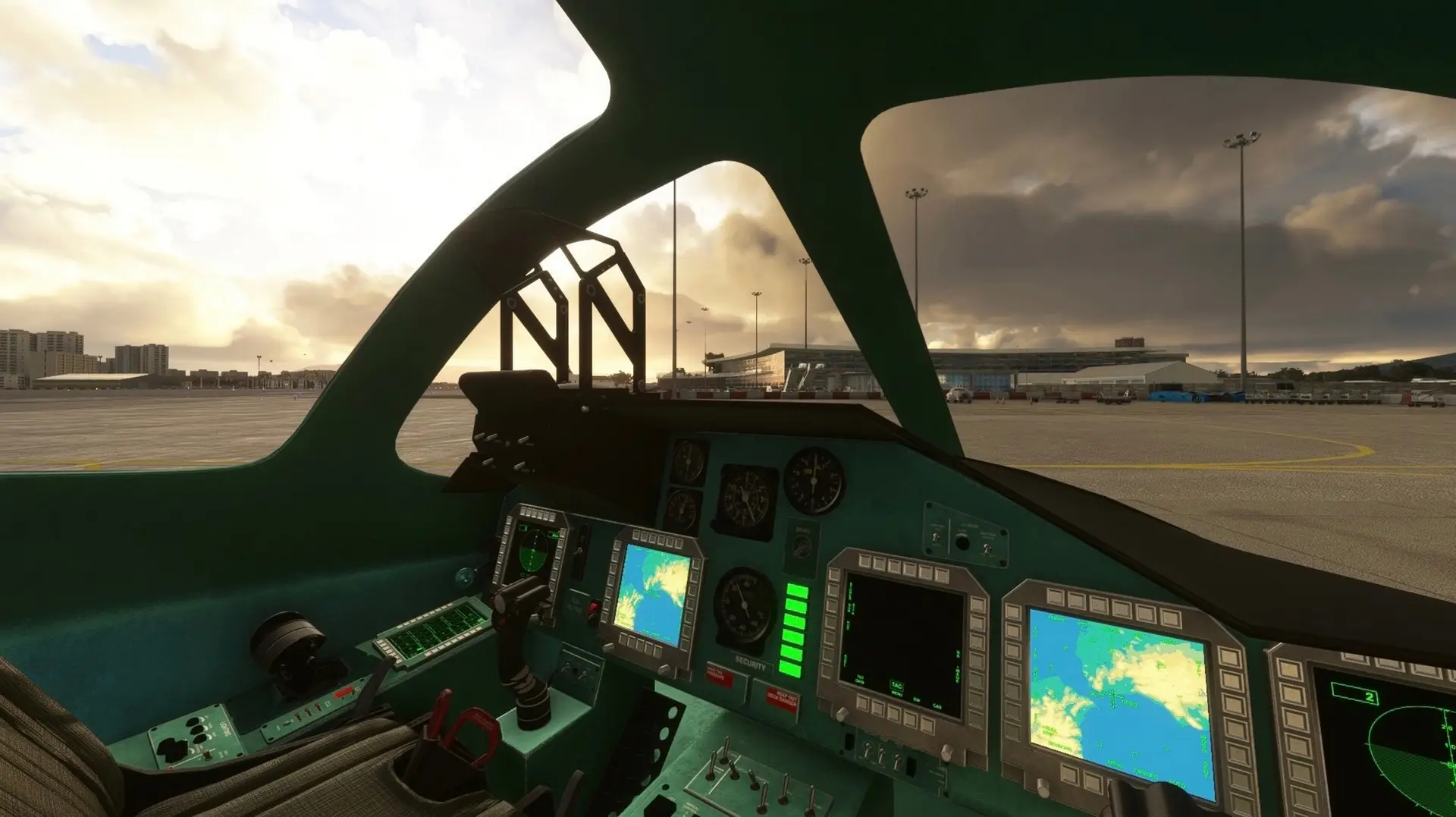The Su-34 is a two-seat, twin-engine, multi-role combat aircraft developed by Russian aviation company Sukhoi. The jet took its maiden flight on April 13, 1990 and it was introduced nearly a quarter century later on March 20, 2014. The Su-30 has been manufactured since 2006 with over 150 built. The aircraft is operated exclusively by the Russian Aerospace Forces.
The Su-34 traces its roots to the mid-1980s when the Soviet Union sought an advanced multi-mission combat aircraft that was oriented toward air-to-surface engagements but also capable of air-to-air roles. Specifically, the Soviet military wanted to replace their Su-24 long-range, attack / light bomber aircraft.
Sukhoi based the new concept on a variant of the Su-27K (later called the Su-33). Company engineers added a cockpit with side-by-side seating, advanced color multi-function displays, and canard foreplanes from their Su-30 for optimized maneuverability at low speeds. The result is a capable blend of air-to-air fighter and air-to-surface strike / attack platform. The Su-34, NATO reporting name “Fullback,” boasts 12 hardpoints and can carry up to 31,000 pounds of stores, including external fuel tanks, air-to-air missiles, and precision and gravity air-to-surface munitions.
The aircraft measures 76 feet, 7 inches in length, stands 20 feet tall, and has a swept main wing with a span of 48 feet, 3 inches. It is powered by two Saturn AL-31FM-1 afterburning turbofan engines that each generate up to 30,000 pounds of thrust with afterburner. The jet has a maximum range of 2,800 miles and a service ceiling of 56,000 feet above sea level. It cruises at 800 miles per hour, has a top speed of 1,200 (Mach 1.8) at altitude, and can handle up to +9 g maneuvers.






